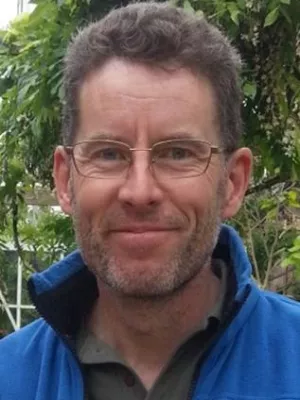
Dan Hammarlund
Professor

Subarctic ecosystem responses to climate, catchment and permafrost dynamics in the Holocene
Författare
Summary, in English
Proxy indications of peat surface moisture conditions and lake-water TOC concentration dynamics during the last 100 years were reconstructed by means of testate amoebae assemblages in peat and near infrared spectroscopy and the carbon isotopic composition of lake sediment bulk organic matter. These results revealed a close connection with decadal trends of total annual and summer precipitation as well as single years with anomalously high precipitation, especially in the late summer. The data could thus not be directly linked to monitored trends in active layer thickness.
Avdelning/ar
- Kvartärgeologi
Publiceringsår
2009
Språk
Engelska
Publikation/Tidskrift/Serie
Lundqua thesis
Issue
62
Fulltext
Dokumenttyp
Doktorsavhandling
Förlag
Department of Geology, Lund University
Ämne
- Geology
Nyckelord
- subarctic Sweden
- palsa mire development
- peat
- permafrost history
- carbon and nutrient cycling
- lake sediments
Status
Published
Handledare
- Dan Hammarlund
- Mats Rundgren
- Torben Christensen
- Lena Barnekow
ISBN/ISSN/Övrigt
- ISSN: 0281-3033
- ISSN: 0281-3033
- ISBN: 91-86746-89-8
- ISBN: 978-91-86746-89-6
Försvarsdatum
2 april 2009
Försvarstid
14:00
Försvarsplats
GeoBiosphere Science Centre, Department of Geology, Quaternary Sciences, Sölvegatan 12, S-223 62 Lund; in Pangea
Opponent
- Chris Caseldine (Professor)

